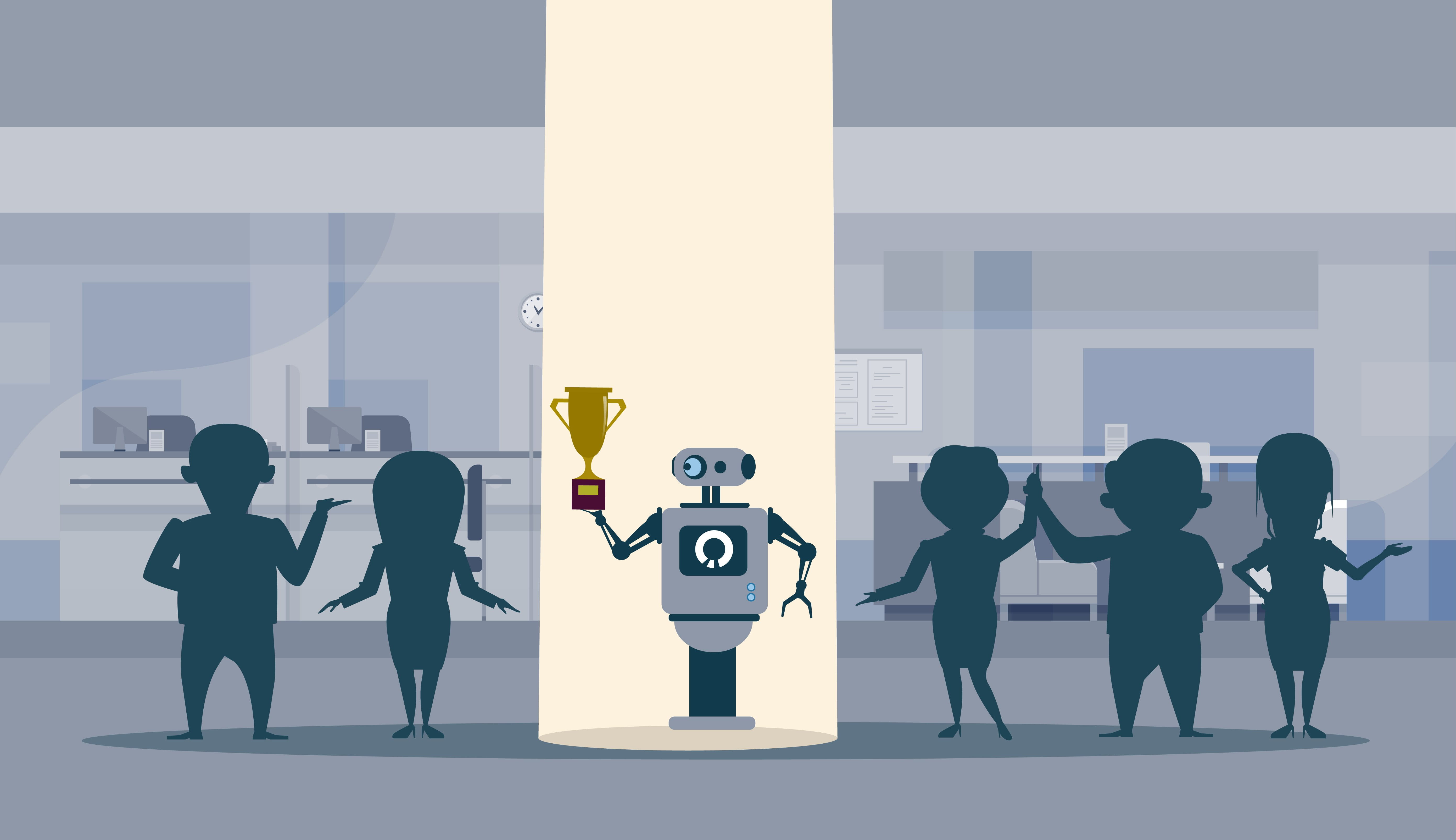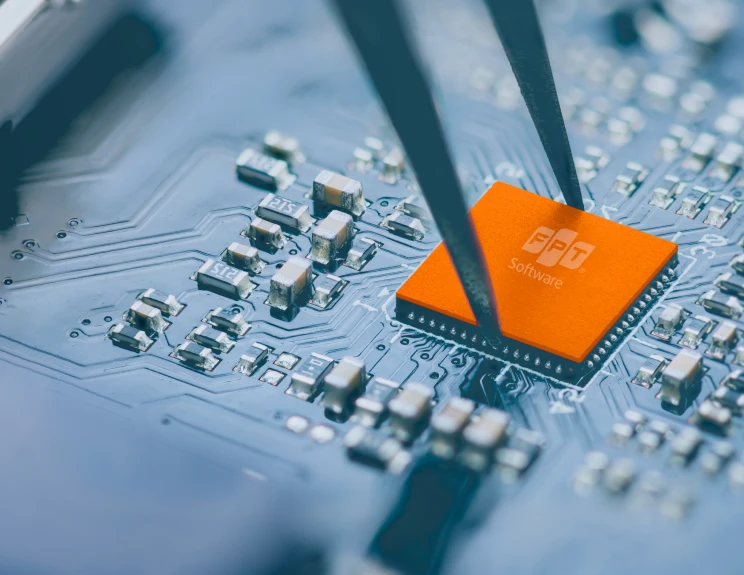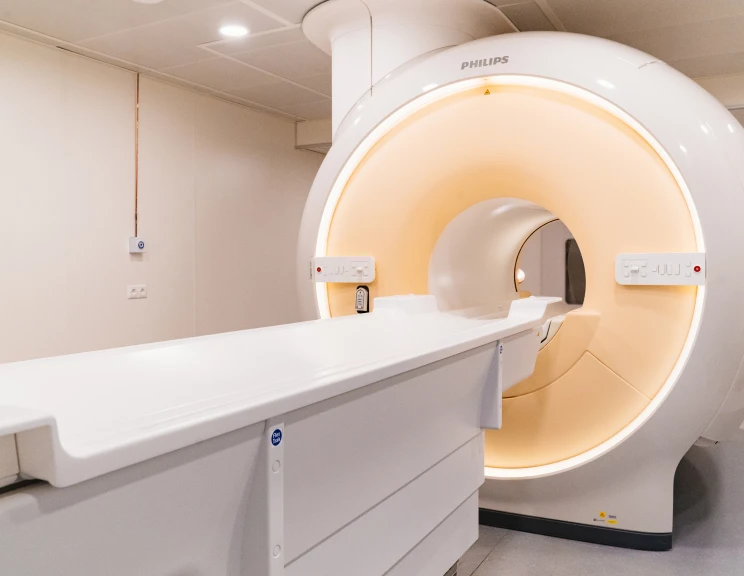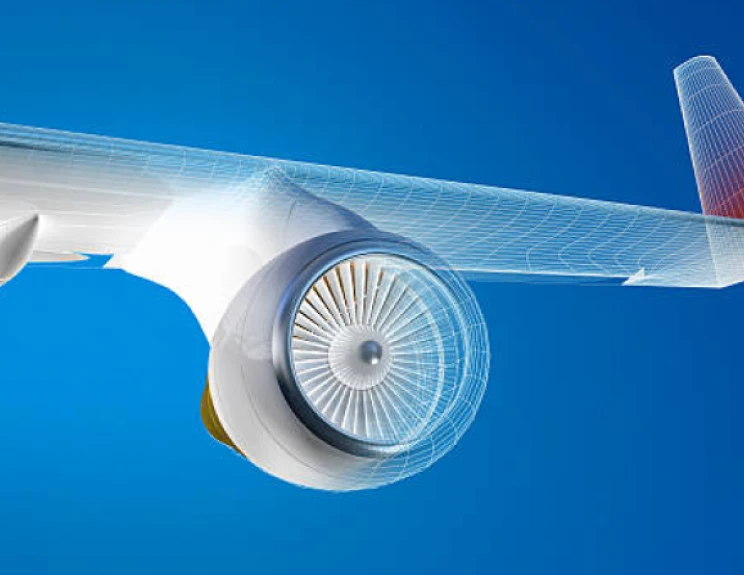
Looking for an approach to streamline HR functions? Here comes RPA to the rescue.
Human resources management is one of the most human-centric functions of an enterprise. Though, many HR departments have been turning to technology in the attempt of enhancing performance. It is revealed that among various approaches to optimize talent-related tasks, Robotic Process Automation (RPA) is the most prevalent, and the use is expected to spread (Deloitte, 2019). Undoubtedly, the conventional method of managing HR tasks is no longer an appealing option, especially when compared to the way RPA is transforming HR processes.
1. Higher productivity & cost efficiency
Most of HR functions are labor intensive, highly repetitive by nature and normally carried out manually on spreadsheet, which make them ideal candidate for automation initiatives. By taking over routine, mundane tasks, RPA allows HR departments to reduce time spent on paperwork, such as resume screening, candidate shortlisting, time and attendance management, pay slips distribution, etc. Duties which used to take several, or even dozen staff now only need one robot to be fulfilled, and in a much shorter period of time. Robotics employees can work around the clock, while not requiring overtime pay, incentives or days-off. The automation approach, hence, speeds up processes and in most cases, helps to significantly drive down the operational cost.
Additionally, the adoption of RPA enables HR managers to achieve a greater degree of flexibility in managing talent. Without automation, they will have to hire for season shifts or prepare a workforce on standby waiting for big projects. This is costly and risky, as temporary staff have relatively weak commitment with employers, and are more likely to quit once receiving better chances. Software robots, on the contrary, are always available, can shift seamlessly between tasks, or at least carry out all the rules-based and less important work so humans can operate more intellectual missions. Seasonal hiring, therefore, can be eliminated, along with reduced expenses on temporary talent recruitment and retention.
2. More effective & safer data management
The HR department of any enterprise is responsible for managing and processing a plethora of data, regarding former employees, existing workforce, applicants, new hires, regulatory requirements, benefits and compensations, just to name a few. It is really a challenging task to handle this amount of data, even within small to medium-sized companies, let alone international organizations with offices around the globe and governed by various regulations. RPA offers the potential to make this complicated, burdensome task an easier ride. Automation creates digital records that can easily be managed, analyzed and reported. Data is entered, updated or filtered automatically, or consolidated across disparate database systems with just a few clicks at a much higher level of accuracy.
More importantly, RPA decreases human-related errors, which are blamed for nearly 90% of data breaches, according to the UK’s Information Commissioner’s Office (ICO). Employees’ inattention, ignorance or negligibility may pose a threat to corporate’s data security. Since the HR department is responsible for personal data, it would be a huge crisis if these sensitive information are leaked or used for the wrong purposes. Therefore, reducing human involvement, more or less, would diminish the threat to data security.
(Read more: Future HR)
3. Better employee experience
A company is only as good as its people. The arrival of RPA has not changed this, and even empowers and engages the workforce more than never before. Software robots bring a number of measurable benefits to both HR professionals and non-HR employees. For the former, instead of stealing jobs, RPA frees up their time, allows them to focus on more demanding yet encouraging tasks, like network building, corporate culture development, interviewing and performance optimization. It also gives HR staff more time to train, keep up with the latest trends and cutting-edge tools.
The impacts on non-HR teams, thus, might be indirect but not less profound. Employees can timely and quickly receive notifications, announcements, emails on policy changes or missing information to fix defects in payroll evaluation. RPA also eases the application and approval process for leave request and travelling, as well as takes less time to receive/settle grievances. In general, the automated processes offer shorter waiting time and quick responses, thereby increasing employee satisfaction.
Furthermore, automation initiatives can also effect prospective employees. Since the future workforce will be comprised almost of Millennial and Post-Millennial, generations growing up with technologies and often adoring digital experiences, the RPA adoption would help to forge psychological or emotional connections with candidates and create a modern image of the company. As a result, it exerts positive impacts on talent attraction and retention.
Final thoughts
HR department acts as the bridge between the organization and its employees. Adopting RPA in managing human resources helps companies achieve competitive advantages in terms of not only costs and productivity, but also employee experience and talent acquisition. In today’s business world of cut-throat competition, it is crucial for HR managers to take this automation approach into careful consideration, in order to stay effective while attracting top candidates for further growth.
Check how akaBot – our comprehensive RPA Solution has helped to automate HR process for enterprises around the globe!
References






























